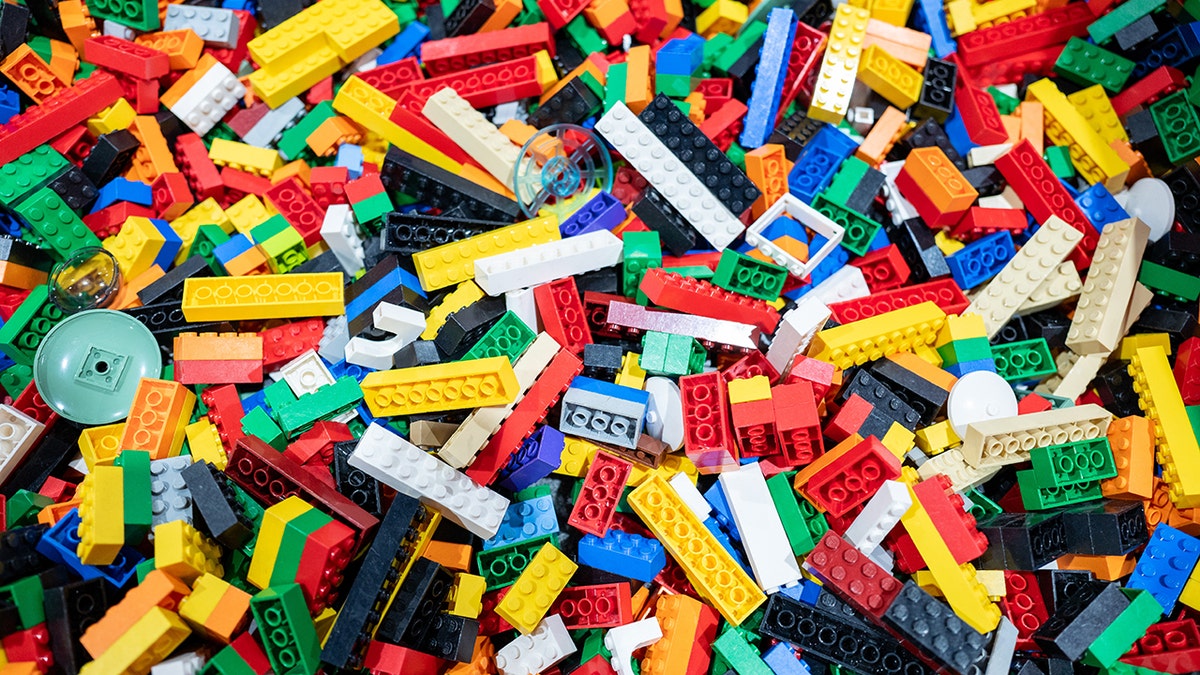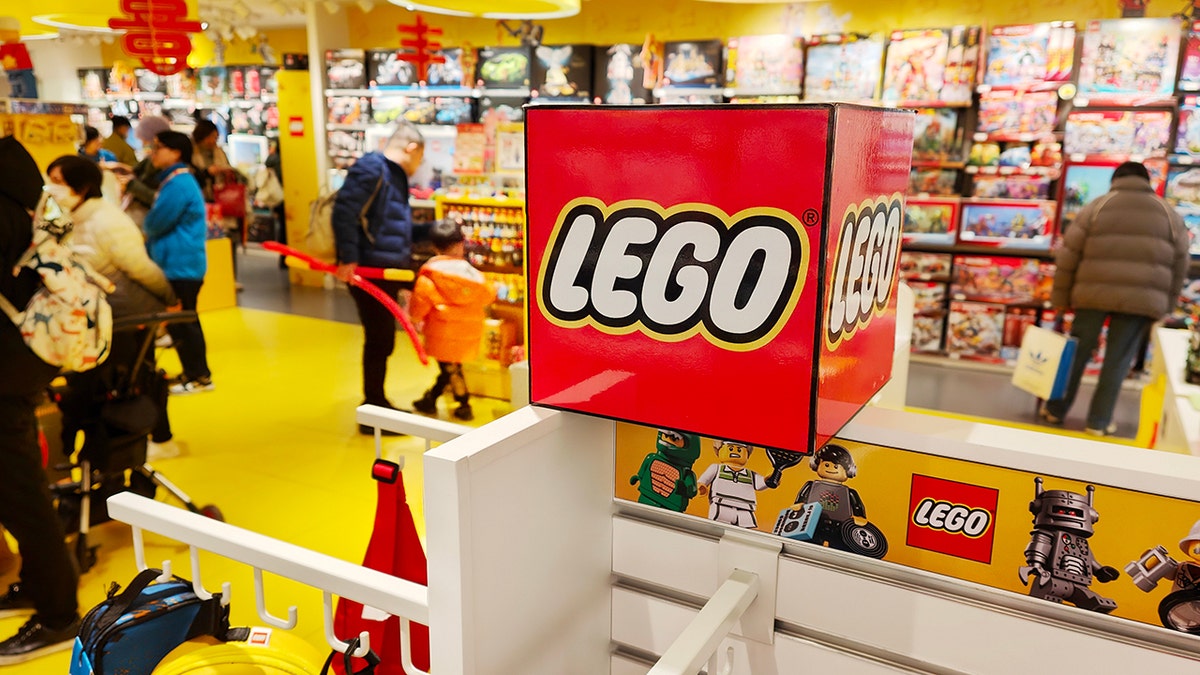The Science Museum in the UK has sparked controversy with its "Seeing Things Queerly" tour, which suggests that Lego bricks perpetuate gender and sexuality stereotypes. The self-guided tour, highlighted in a 2022 blog post, argues that the way Lego bricks connect reinforces a "heteronormative" view.
The blog post claims that describing Lego bricks using terms like "male" and "female" for the connecting parts and "mating" for the act of joining them imposes gendered language onto inanimate objects. This, the museum argues, demonstrates how heteronormative thinking influences our understanding of science, technology, and the world around us.

Close-up of a large number of LEGO bricks, Pleasanton, California, August 18, 2024. (Smith Collection/Gado/Getty Images)
This interpretation has drawn criticism, with some calling it "bonkers" and questioning the lack of sources for the claim that people commonly use gendered language to describe Lego bricks. Critics argue that children are unlikely to perceive these connections in such a way and that the museum is imposing an ideological perspective onto a children's toy.
Ironically, Lego has previously released an "Everyone is Awesome" set celebrating LGBTQIA+ inclusion, featuring minifigures in front of a rainbow flag. The set's designer, Matthew Ashton, explicitly stated that it was created with LGBTQIA+ communities in mind, aiming to promote diversity and inclusion.

Lego store (CFOTO/Future Publishing via Getty Images)
Lego has also addressed gender issues in the past, expressing concern about societal stereotypes affecting girls and advocating for eliminating gender bias to foster confidence and creativity.
Fox News Digital contacted both the Science Museum and Lego for comment. The museum confirmed the blog post's publication in 2022, explaining its aim to highlight objects relating to LGBTQ+ experiences. Lego, however, did not respond.
Comments(0)
Top Comments